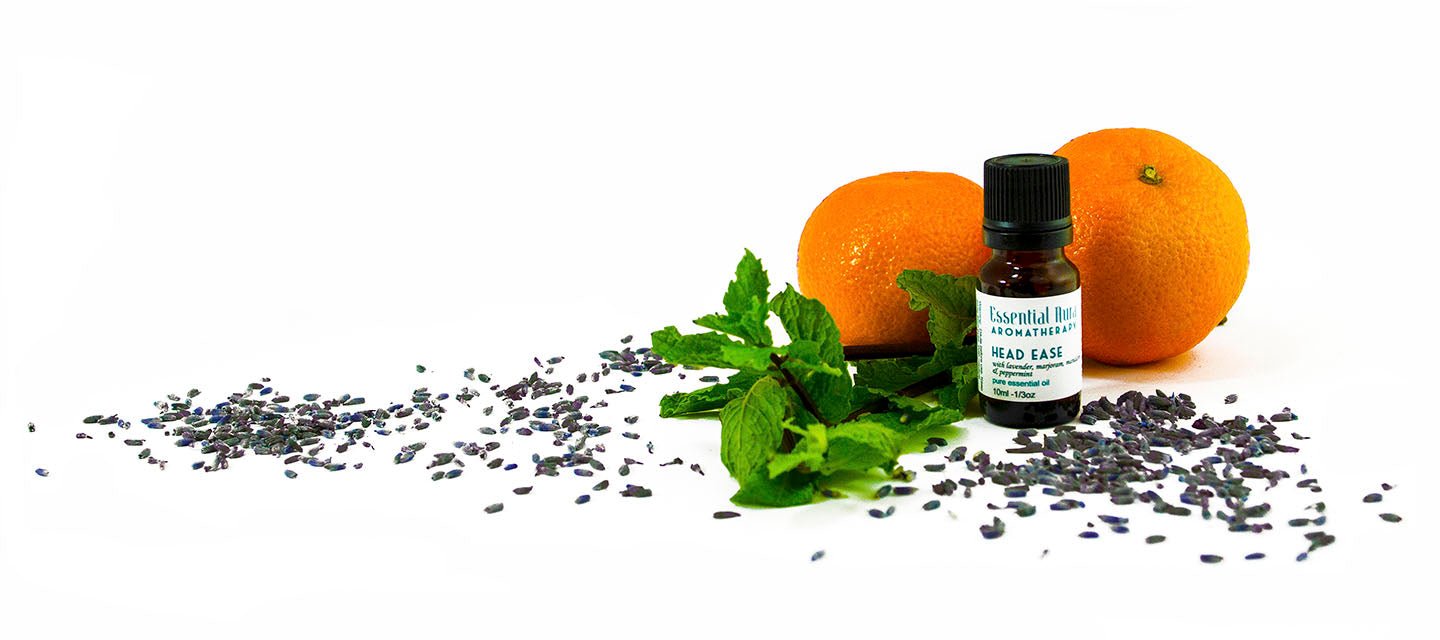
How to create your own synergy blends
Synergies are essential oil blends that combine complementary essential oils to enhance the oils' therapeutic capabilities. Synergies are great ways to use your oils therapeutically and for creating beautiful aromas.
There are no set rules for creating synergy blends and your creativity is a big part of making your own blend. But if you're unsure where to start or are trying a new oil for the first time, here's our handy guide to get you started.
Before you start, think about who's going to be using the blend and how. Is it for you or a friend? What will it be used for? Think about what kind of therapeutic effect you're going for. Start with 2-5 essential oils, as blending more than that can become tricky quickly. Choose oils that complement one another (more about that below) and work together to support the purpose of your blend.
You'll also want to test that the oils smell good together before blending so you don't waste any oils. This part is simple, just remove the caps and hold the oils close together and to get an idea of how they'll smell together. Be sure to blend your oils in a glass container and not plastic.
Essential oils blend well with other oils in their own family or group. We've broken down which groups our oils belong to, and what oils they blend well with.
If you're looking for some synergy inspiration, check out the synergies we've developed with our oils!
| Group | Oils in that group | Blend with |
| Woody | cinnamon leaf, cypress, atlas cedarwood, juniper berry, Scotch pine | Spicy oils, herbaceous oils. Generally blends well with all groups |
| Herbaceous | basil, chamomile (German, Roman), clary sage, Douglas fir, fennel, marjoram, oregano, palmarosa, peppermint, petitgrain, rosemary (cineole, verbenone), spearmint, spikenard | woody oils, citrus oils |
| Camphoraceous | eucalyptus (globulus, radiata), tea tree, peppermint, ravensara, rosemary,niaouli | floral oils, spicy oils, herbaceous oils |
| Citrus | bergamot, citronella, grapefruit, lemon, lemongrass, key lime, sweet orange, petitgrain, mandarin | floral oils, woody oils, spicy oils, mint oils |
| Floral | chamomile (German, Roman), geranium, lavender, lavandin, neroli, niaouli, monarda, palmarosa, rose, ylang ylang | citrus oils, resinous oils, spicy oils, woody oils |
| Resinous | frankincense (frereana, serrata), myrrh | spicy oils, floral oils, woody oils |
| Spicy | anise seed, black pepper, cardamom, coriander, ginger, nutmeg, clove bud | resinous oils, earth oils, floral oils, citrus oils *spicy oils can overwhelm other oils |
| Earthy | patchouli, vetiver, myrrh | floral oils, citrus oils |
Another thing to consider when creating essential oil blends is the oil's "note". Oils that evaporate the quickest are top notes, middle notes take longer to evaporate, and base notes evaporate the slowest.
A starting point for blending oils is to use a ratio of 3:5:2, or 30% top notes, 50% middle notes, and 20% base notes. Always let a blend sit for a day or two before deciding if you like the blend, as it needs time to settle.
|
Top Notes anise seed, basil, bergamot, citronella, eucalyptus (radiata, globulus), Douglas fir, fennel, grapefruit, lavender, lavandin, lemon, lemongrass, lime, mandarin, sweet, orange, peppermint, petitgrain, Scotch pine, ravensara, spearmint, spruce |
||
|
Middle Notes chamomile, cinnamon, clary sage, clove bud, cypress, geranium , juniper berry, marjoram, monarda, neroli, niaouli, nutmeg, oregano, palmarosa, black pepper, rose, rosemary, tea tree, thyme |
||
|
Base Notes atlas cedarwood, frankincense, ginger, myrrh, patchouli, spikenard, vetiver, ylang ylang |
Blending essential oils is as much an art as it is a science and it's only a matter of time and practice to develop your style and preferences.
Have a blend you love? Tell us about it in the comments below!


Comments
Leave a comment